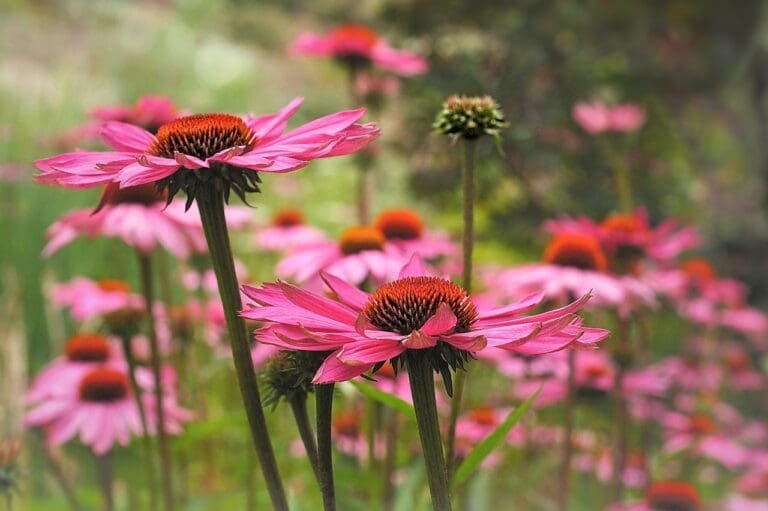A beautifully manicured lawn is often the pride and joy of homeowners. Its lush green carpet, dotted with vibrant flowers and perfectly trimmed hedges, adds an inviting touch to any property. However, hidden beneath this picturesque facade lies a crucial aspect that can make or break the health of your lawn: drainage.
Inadequate drainage poses a multitude of problems that can wreak havoc on your outdoor oasis. From waterlogged soil to unsightly patches of dead grass, these issues can be a nightmare for both the aesthetics and functionality of your lawn. In this blog post, we’ll share some DIY techniques for improving your lawn’s drainage.
Please note: While the DIY solutions provided in this article aim to offer practical advice for improving your lawn’s drainage problems, it’s important to acknowledge that certain situations may require professional assistance. Every lawn is unique, and some drainage issues can be complex or require specialist knowledge and equipment to address effectively and safely.
This post contains affiliate links which means we may make commission from any qualifying sales with no extra cost to yourself.
Assessing Your Lawn’s Drainage
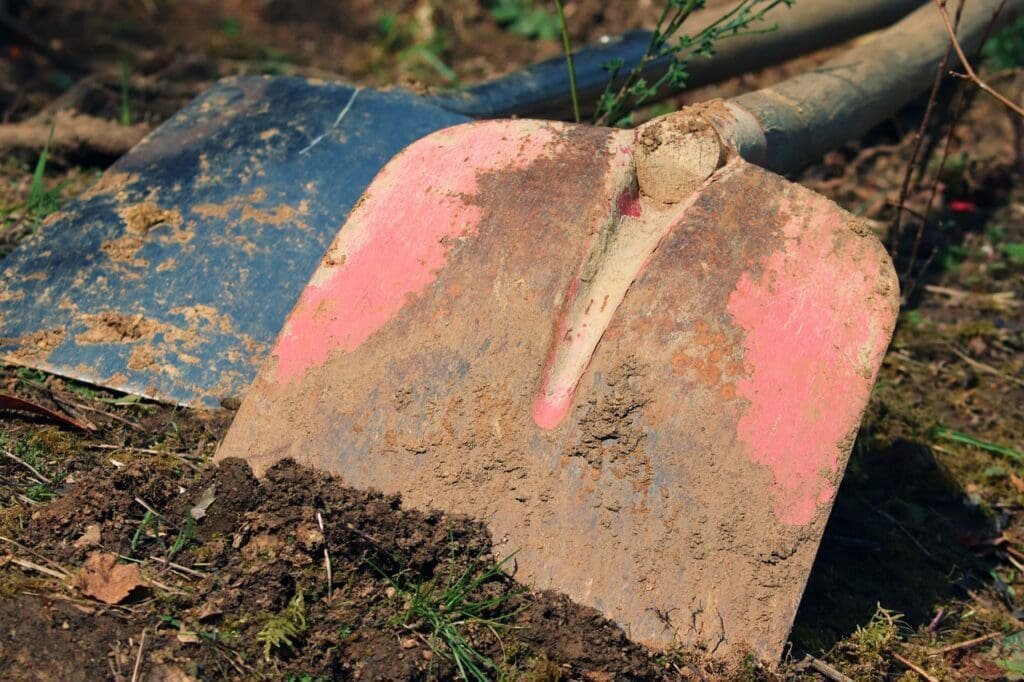
The first step in fixing any problem is identifying it. Common signs of poor lawn drainage include puddles of standing water, water stains on your house’s exterior, or damp, soggy patches that just won’t dry out.
To understand the extent of your drainage problem, carry out a simple drainage test. Dig a hole about 1 foot deep and fill it with water. If the water doesn’t drain in four hours or less, then you have a drainage issue on your hands.
DIY Lawn Drainage Solutions
The DIY techniques we will explore in this post:
• Aeration Techniques
• Soil Amendment Techniques
• Planting Appropriate Plants
• Sloping the Landscape
• Creating Swales or Berms
• Installing French Drains
• Building a Dry Well
• Catch Basins and Downspout Extensions
1. Aeration Techniques
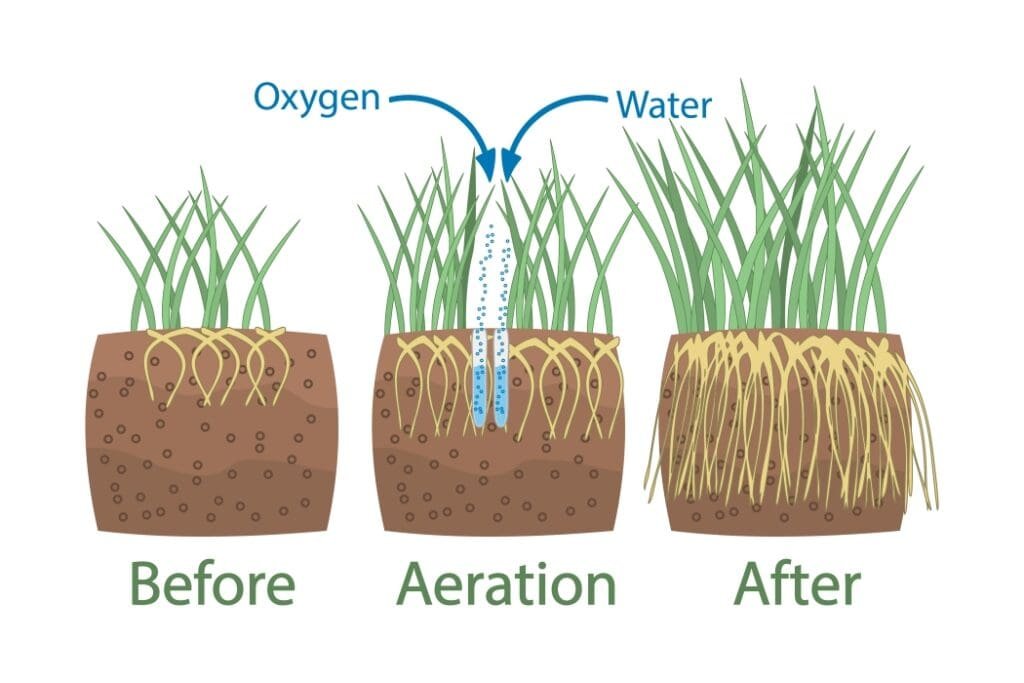
One of the quickest and easiest ways that you can improve the drainage in your lawn is to aerate it.
Over time, lawns can experience a buildup of soil compaction and thatch – a layer of living and dead organic matter that occurs between the green matter and the soil surface. This dense layer can prevent air, water, and nutrients from penetrating the soil, leading to poor drainage and root development.
What is Aeration?
Aeration is a lawn care process that involves perforating the soil with small holes to allow air, water, and nutrients to penetrate the grass roots.
The process facilitates better drainage, encourages deeper root systems, and helps create a stronger, more vigorous lawn. In a nutshell, aeration allows your lawn to breathe and absorb what it needs to thrive.
The Aeration Process
The aeration process involves the use of a machine known as a lawn aerator. This machine pulls out small cores or “plugs” of grass and soil from the lawn. The removed cores are usually left on the lawn’s surface where they can break down naturally, adding valuable organic matter back into the soil.
There are two types of aerators: spike aerators and plug (or core) aerators. Spike aerators push a solid tine into the soil, which can actually increase compaction around the holes. Core aerators are generally more effective, as they remove a plug of soil, reducing compaction.
For smaller lawns, a manual tool, like a garden fork, can be used to create the holes. For larger lawns, it’s more efficient to rent a walk-behind aerator or hire a professional lawn care service.
When to Aerate?
The best time to aerate your lawn is during the growing season, when the grass can heal and fill in any open areas after soil plugs are removed. This is typically in the early spring or fall for cool-season grasses and late spring through early summer for warm-season grasses.
Aerating should be done annually or bi-annually depending on the level of compaction and thatch in your lawn.
2. Soil Amendment Techniques
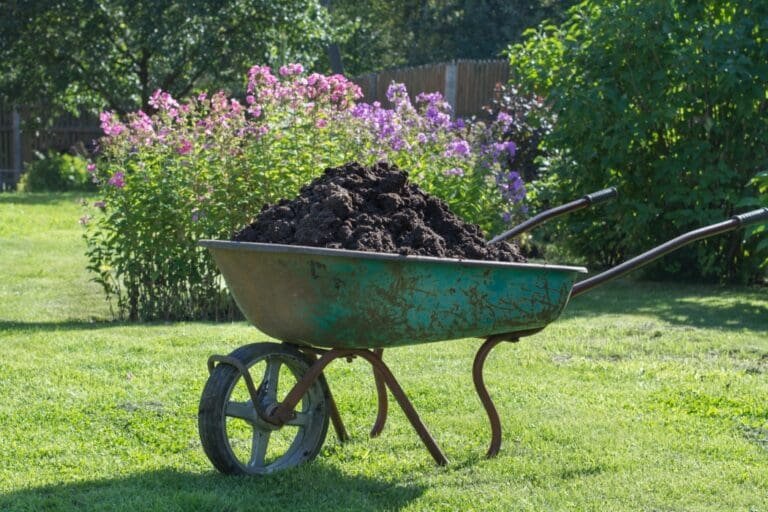
In addition to aeration, amending the soil can significantly improve its structure and ability to drain water. This involves the addition of organic matter like compost, peat moss, or manure to the existing soil. These materials can improve the water-holding capacity of sandy soils and increase the drainage of clay soils.
To amend your soil, you’ll need to spread a layer of the organic material over your lawn and then work it into the holes created by the aeration process. The organic matter will break down over time, providing nutrients to your grass and improving soil structure.
By combining aeration and soil amendments, you’ll be able to significantly improve your lawn’s ability to absorb and drain water, leading to a healthier, more resilient lawn.
3. Planting Appropriate Plants

Some plants actually thrive in wet conditions. By planting these in soggy areas of your lawn, you can naturally soak up excess water and prevent it from pooling. Some examples include canna lilies, irises, or rushes.
4. Sloping the Landscape
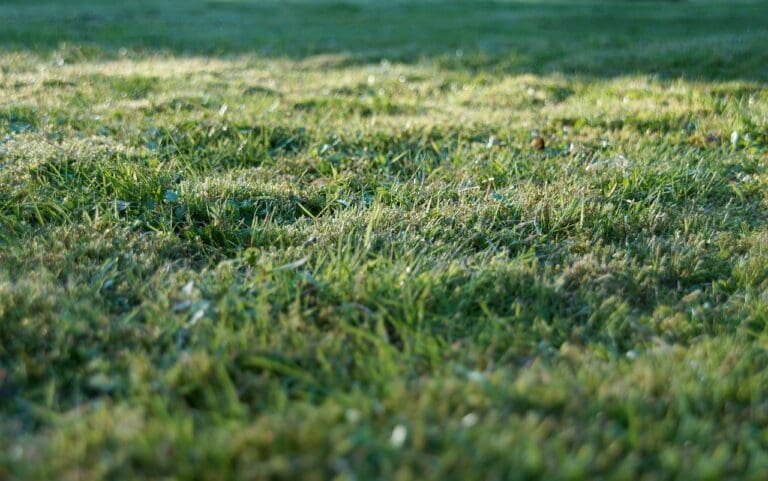
Water naturally follows the path of least resistance, typically moving from a higher point to a lower point. You can use this knowledge to your advantage by adjusting the slope of your lawn to guide water runoff away from problem areas. Start by identifying the high and low points in your lawn, then use a shovel to shift soil from high points to low points, creating a gentle slope for the water to flow down.
5. Creating Swales or Berms
Swales are shallow, wide ditches that catch runoff water and guide it away from your lawn. Berms, on the other hand, are small hills that act as barriers to redirect water flow. Both can be designed to look natural and blend with your landscape.
To construct a swale, dig a shallow, wide ditch along the area where you want to redirect water. Berms can be constructed by mounding soil into a small hill along the water’s path.
6. Installing French Drains
A French drain is a slightly sloped trench filled with round gravel and a pipe that diverts water away from your lawn. To construct one, you’ll need to dig a trench that leads from the problem area to a suitable exit point. The trench should be filled with gravel and a perforated pipe. The pipe is then covered with more gravel, some landscape fabric to prevent soil infiltration, and finally a layer of soil and grass.
7. Building a Dry Well
A dry well is a hole in the ground filled with gravel or rubble that collects water and allows it to seep into the surrounding soil. To build one, you’ll need to dig a hole about 3 feet deep and 3 feet wide, fill it with gravel or rubble, then cover it with soil and grass. Water can be directed to the dry well using a French drain or a simple gutter downspout.
8. Utilising Soak-away Crates
Soak away crates, also known as infiltration crates, are an effective solution for managing excess water and improving drainage in your lawn. These modular plastic crates collect and store water, gradually allowing it to infiltrate into the ground and prevent waterlogging.
By installing soak away crates in areas with poor drainage, you can efficiently manage water flow, prevent surface runoff, and promote a healthier and more resilient lawn.
Maintenance and Long-Term Care
Regular lawn care like mowing, fertilizing, and watering can influence how well your drainage solutions work. For instance, overwatering can counteract your efforts, while a well-fertilized lawn can promote the growth of grass with deep, thirsty roots that help absorb water.
Over time, your DIY drainage system may get blocked or damaged. Regularly inspect your French drains, dry wells, catch basins, and downspout extensions for blockages or damage and clean or repair them as needed.
Final thoughts
Improving your lawn’s drainage doesn’t have to be a daunting task. With these DIY techniques, you can efficiently solve your lawn’s water issues, enhancing its health and overall look. So roll up your sleeves and get to work!
If you are facing persistent or severe lawn drainage problems, it is highly recommended to consult with a qualified professional, such as a landscaper, drainage contractor, or civil engineer. These professionals possess the expertise and experience to accurately assess your specific situation, provide tailored solutions, and ensure the work is carried out safely and efficiently.
Please note: Attempting advanced drainage projects without the necessary knowledge or skills could potentially worsen the problem or result in unintended consequences. Your lawn’s health and the overall property’s well-being are important, so it’s best to seek professional guidance when in doubt.
Frequently Asked Questions
Q. Do you need to put gravel under a French drain?
Yes, gravel plays a crucial role in the functionality of a French drain. When constructing a French drain, you start by digging a trench, then you add a layer of gravel before placing the pipe. The gravel acts as a filter, preventing soil from clogging the perforated pipe while allowing water to seep into the drain. After laying the pipe, you should also cover it with more gravel before finishing with soil and grass.
Q. Does a French drain need to be sloped?
Absolutely. The key to a functioning French drain is the slope. Without it, water won’t be effectively diverted away from the problem area. The trench for your French drain should slope away from your home or the area you’re looking to dry out, typically aiming for a slope of about 1% (which means it drops 1 foot for every 100 feet in length).
Q. What is the best thing to add to soil for drainage?
Adding organic matter, like compost or well-rotted manure, can greatly improve the drainage of your soil. These materials improve the soil structure, which in turn enhances its ability to absorb and drain water. For extremely clay-heavy soils, you may also consider adding coarse sand or fine gravel to further improve drainage.
Q. Does bark help with drainage?
While bark doesn’t directly improve soil drainage, it can indirectly assist by helping to regulate soil temperature and retain moisture, which can benefit the overall soil ecosystem. Moreover, as bark decomposes, it contributes organic matter to the soil, improving its structure and potentially enhancing drainage over time. However, it’s important to remember that bark alone is unlikely to resolve significant drainage issues.
Q. Should a lawn have a slope?
In general, it’s beneficial for a lawn to have a slight slope, or “grade,” to allow water to drain off effectively. A completely flat lawn can lead to water pooling, especially after heavy rain, and cause issues like waterlogged soil and root rot. The slope doesn’t need to be drastic – a few inches of change over a 10-foot span is usually enough to aid in effective water runoff.


